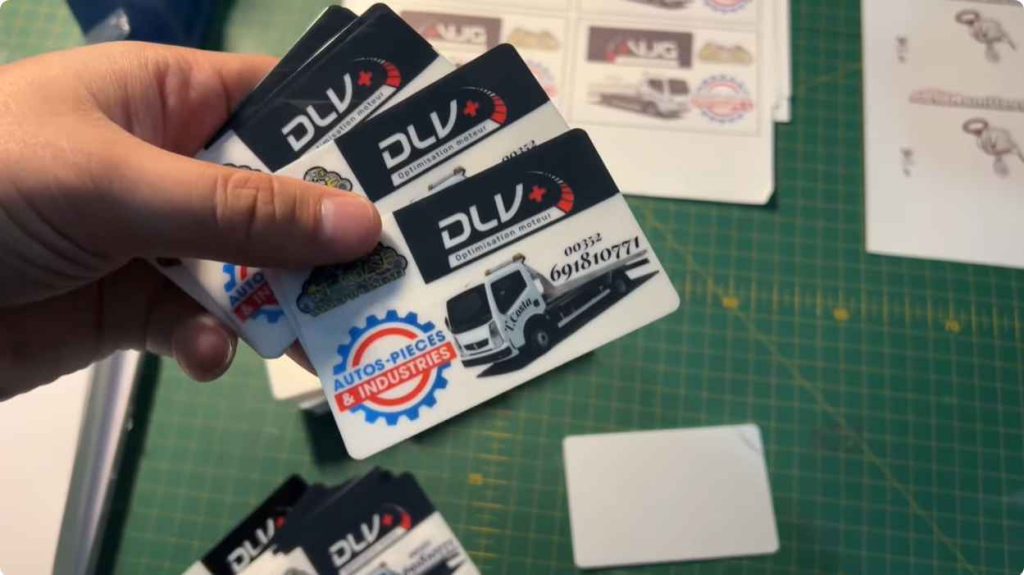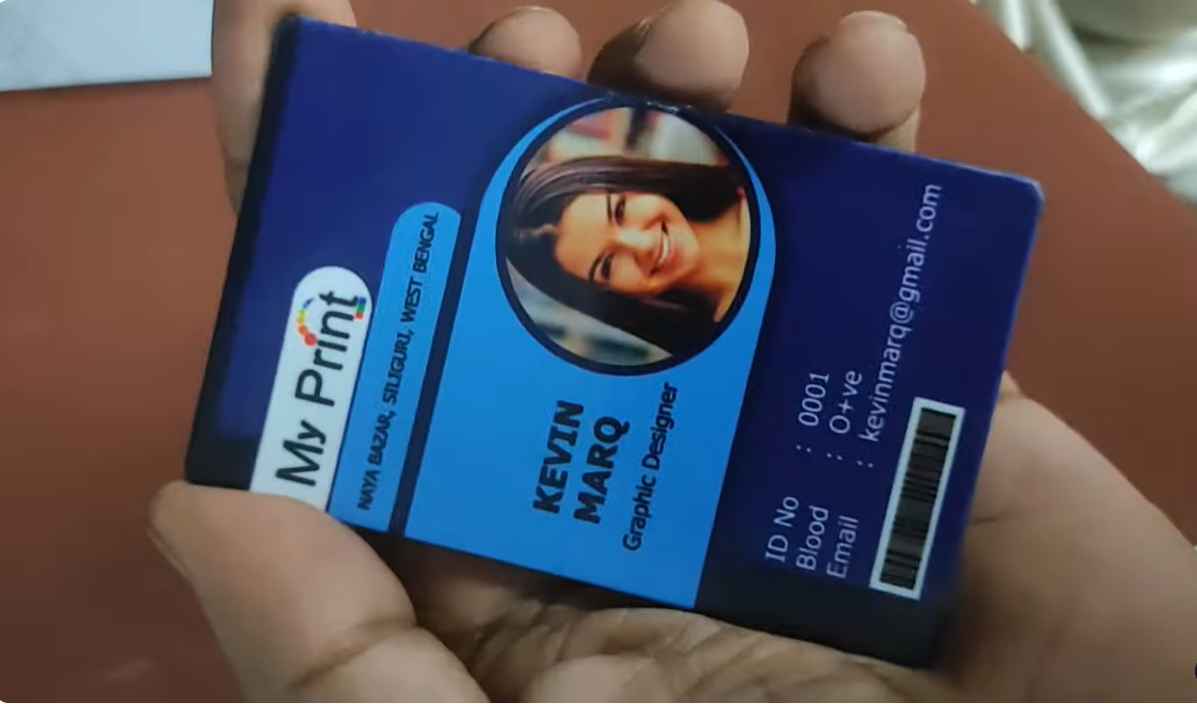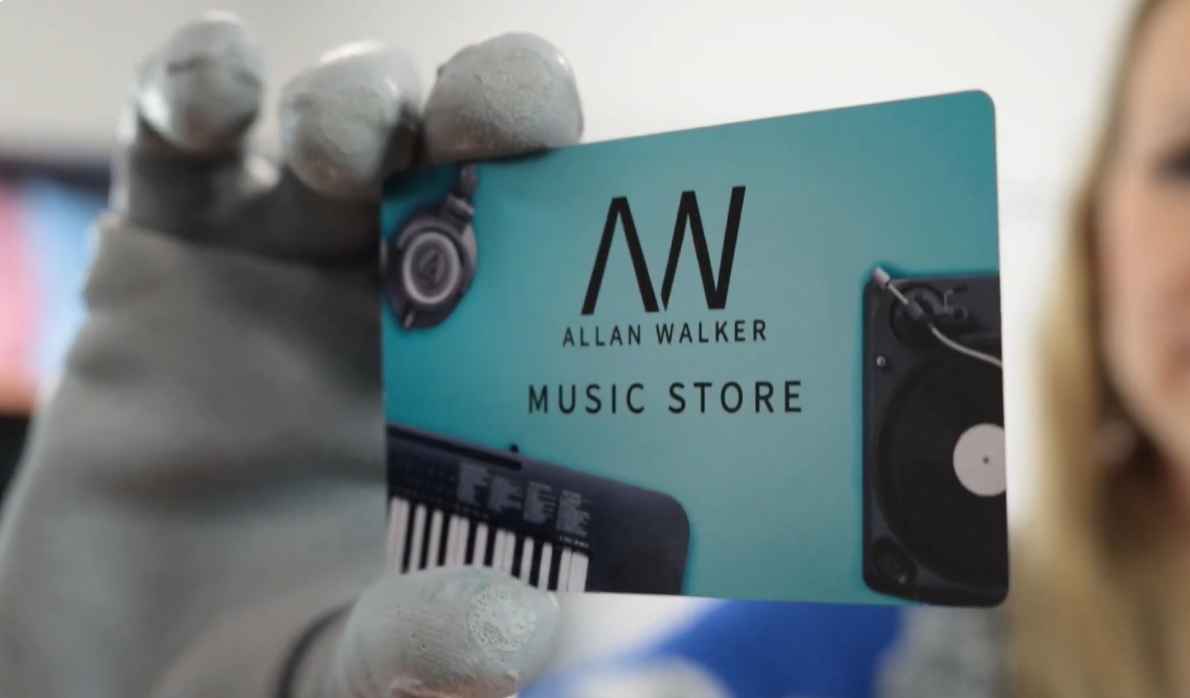No, you cannot sublimate on PVC as it is not heat-resistant enough to withstand the sublimation process. Sublimation requires materials that can endure high temperatures, typically above 400 degrees Fahrenheit.
Exploring the realm of custom printing, sublimation has emerged as a popular technique for transferring vivid, full-color designs onto various substrates. Sublimation specifically caters to materials coated or composed of polyester, taking advantage of the material’s ability to absorb and lock in the dye when heated.
This heat-driven process proves unsuitable for PVC, as its low melting point poses a risk of warping or melting under the intense temperatures required for sublimation. Crafters and professionals seeking to personalize PVC items must consider alternative methods, such as vinyl decals or direct printing, to achieve their creative goals without compromising the integrity of the material.
Sublimation printing and PVC material may sound like an unconventional pair. Yet when creativity sparks, the question arises: can you marry these two? Below, we’ll dive into the ins and outs of using sublimation on PVC.
Basics Of Sublimation Printing
Sublimation is a printing method that turns dyes into gas. Heat and pressure apply this gas onto a surface. The result is vibrant, long-lasting prints. It works best on polyester or poly-coated items.
Properties Of Pvc Material
PVC, or Polyvinyl Chloride, is a versatile plastic. It’s known for being durable and resistant. PVC comes in two basic forms: rigid and flexible. Its surface, however, is not ideal for sublimation as is.
Compatibility Concerns
When thinking of personalizing items, the sublimation technique often comes to mind. Yet, not all materials play well with this process. For instance, PVC, or polyvinyl chloride, raises unique quandaries. Let’s dive into what happens when sublimation meets PVC.
Sublimation Process Suitability
Sublimation requires materials that can handle heat and bind with special dyes. Fabrics like polyester are perfect for this. They turn dye from solid to gas without a liquid stage. This makes a vibrant, long-lasting print.
- Needs heat-resistant material
- Fabrics must bond with dye
- Polyester is a common choice
Challenges With Pvc
Sublimating on PVC is tricky. PVC can warp or melt under the high heat needed for sublimation. This ruins the material and the design. It can also release harmful fumes, which are bad for both people and our planet.
| Challenge | Details |
|---|---|
| Heat Sensitivity | PVC may deform at sublimation temperatures. |
| Toxicity | Heating PVC can emit harmful chemicals. |
Sublimation printing brings vibrant colors to various materials. Yet, not all surfaces accept sublimation ink. PVC, or polyvinyl chloride, is a plastic that’s all around us. Its use in sublimation requires understanding specific types suited for this process and how to prepare them properly.
Types of PVC for SublimationTypes Of Pvc For Sublimation
Different kinds of PVC have unique qualities for printing. There are two main types:
- Rigid PVC: Firm and strong, for items like signs and displays.
- Flexible PVC: Soft and bendy, used for banners and flags.
Before trying sublimation on PVC, make sure it is coated for ink adherence.
Modifying PVC for Ink ReceptionModifying Pvc For Ink Reception
Surface preparation ensures sublimation ink sticks to PVC. The process involves:
- Cleaning: Remove dust and oils for a clean surface.
- Priming: Apply a special coating that helps the ink bond with PVC.
- Sublimation: Use a heat press to transfer the design onto the coated PVC.
This method turns hard-to-print PVC into a canvas for beautiful, vivid prints.
Step-by-step Sublimation Process On Pvc
Welcome to the fascinating world of sublimation printing on PVC materials! Sublimation is a process that allows the transfer of vivid and high-resolution images onto various surfaces and PVC is no exception. In this post, we’ll explore the step-by-step sublimation process on PVC, shedding light on how you can achieve impressive results on this versatile material.
Preparing The Pvc Surface
Before diving into the actual sublimation process, preparing the PVC surface is crucial. This ensures that your image transfer is clear and lasting. Here’s how to get the PVC ready:
- Clean the PVC sheet with alcohol to remove any grease or dirt.
- Dry the surface thoroughly to avoid any water interfering with the ink.
- Optionally, apply a sublimation coating if the PVC is not already treated for sublimation.
Applying for Sublimation Transfer
With the PVC surface prepped, it’s time to apply the sublimation transfer. This phase is where the magic happens, and the image becomes part of the PVC. Follow these steps:
- Print your image using a sublimation printer and special sublimation ink.
- Cut out the printed transfer to match the size of your PVC item.
- Place the transfer face-down on the PVC’s surface.
- Use a heat press machine and press it according to the recommended temperature and time settings.
- Peel off the transfer paper carefully once the pressing time is over.
Completing these straightforward steps will leave you with a stunning and durable image of your PVC material. Remember to always follow the specific instructions for the type of PVC you’re using, as this can influence the quality of the final product. Happy sublimating!
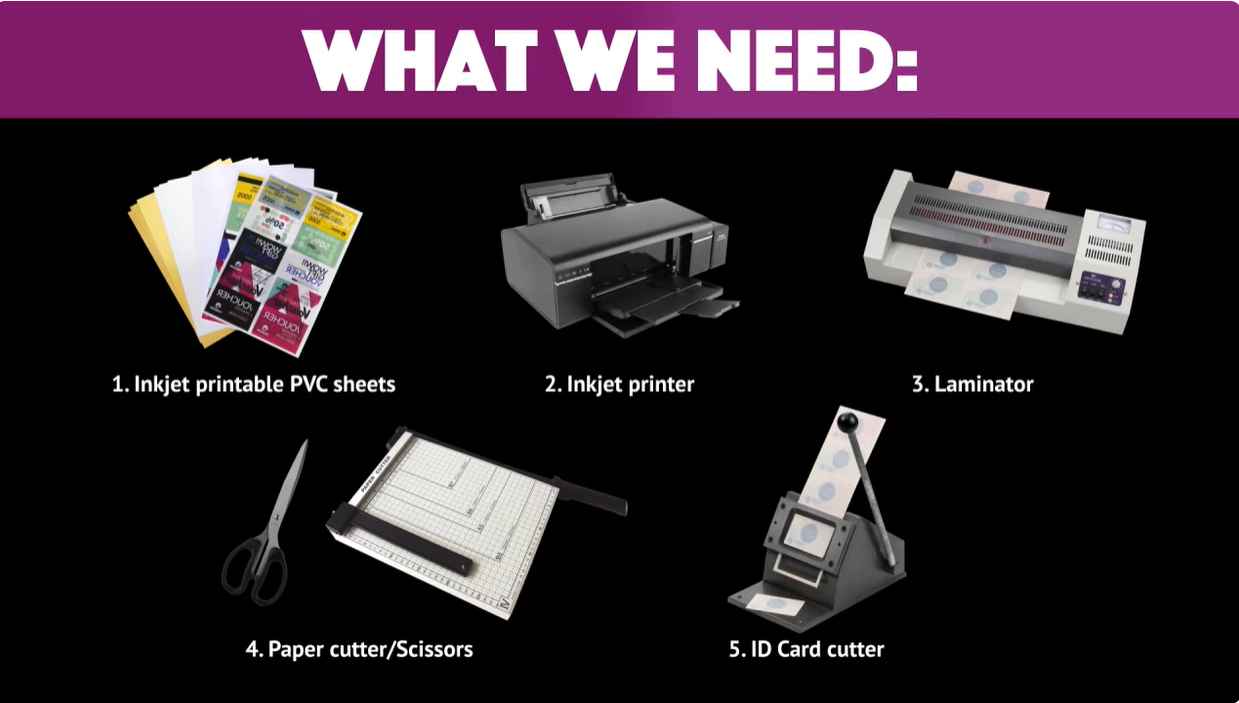
Advantages Of Sublimation On Pvc
Sublimation on PVC brings unique benefits that make it an appealing choice for many projects. Exploring these can help unlock new creative avenues and ensure products stand out.
Durability And Quality
PVC material coupled with sublimation printing offers impressive durability.
Fade resistance is key. Colors remain vibrant even after exposure to light. The print won’t easily scratch or chip. This means long-lasting quality.
- Weather-resistant: Perfect for outdoor use.
- Waterproof: Ideal for items that may get wet.
- Stain resistance: Easy to clean and maintain.
Product life extends, leading to happy customers and fewer replacements.
Creative Possibilities
Sublimation on PVC unlocks vast creative potential.
From vibrant colors to intricate designs, sublimation allows for detailed imagery that is crisp and clear. Full-color printing allows for photo-quality images. The result? Stunning visual products that catch the eye. Customization is easy. Personalize products to meet customer demands. From signage to promotional items, sublimation on PVC fits various needs.
Potential Drawbacks And Solutions
Exploring the world of sublimation on PVC surfaces reveals certain challenges. Understanding these hurdles is crucial to achieving vibrant, long-lasting prints. Thankfully, for every barrier, there’s a solution. Let’s delve into the common drawbacks and their effective countermeasures.
Limitations Of Color And Detail
Colors and details can lose their punch when sublimating on PVC. This is due to inherent material limitations. PVC may not capture the full spectrum of colors that sublimation inks can provide.
- Choose high-contrast designs
- Opt for darker shades to increase vibrancy
- Use sublimation-ready PVC for better results
Mitigating Heat Sensitivity
PVC’s heat sensitivity poses a major issue. Too much heat and the material may warp or melt. This calls for meticulous temperature control.
- Test with a range of lower temperatures before full production
- Shorten exposure to high temperatures
- Use a heat-resistant substrate to support the PVC
Innovations And Future Prospects
In the dynamic world of printing technology, sublimation on PVC isn’t just a possibility — it’s the frontier of creative innovation. As the demand for high-quality and durable prints escalates, the industry constantly looks forward.
Innovations in sublimation techniques could redefine what’s possible in printing on versatile materials like PVC. The prospects of this field shine bright with potential advancements and the promise of expanded applications.
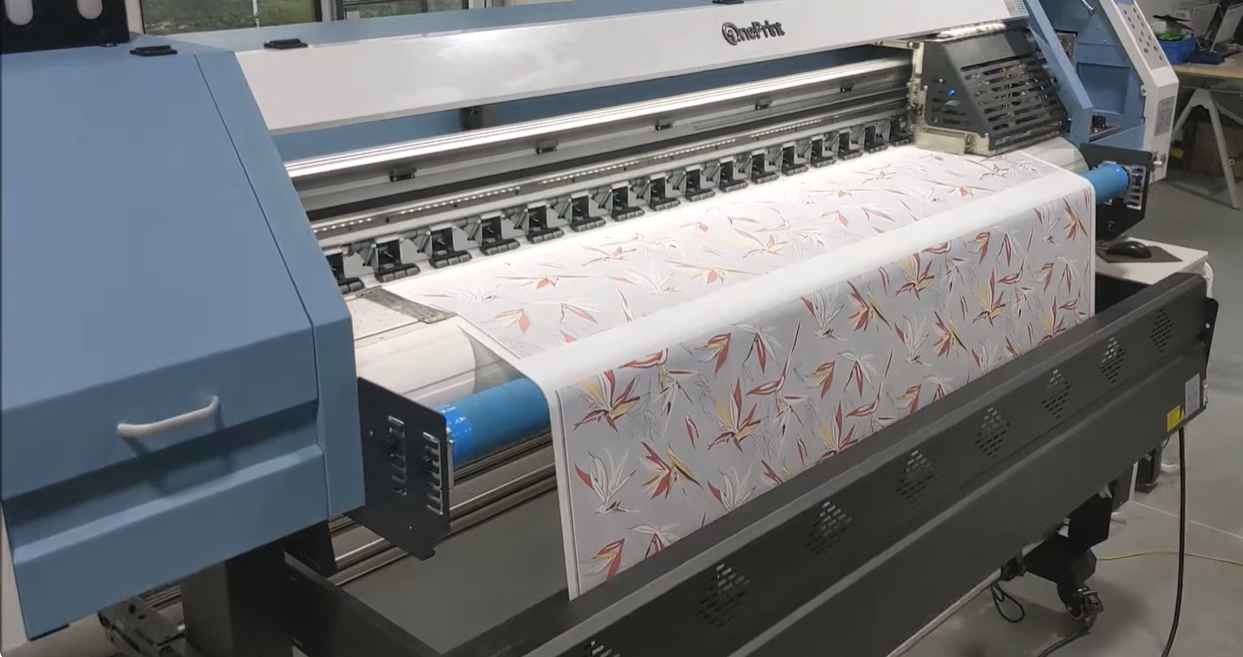
Emerging Technologies In Sublimation
The landscape of sublimation printing is undergoing a thrilling transformation. Cutting-edge developments are on the horizon, anticipated to unlock new capabilities for sublimation onto PVC and other non-traditional substrates.
Breakthroughs include advanced ink formulations and specialized coatings. These are paving the way for the sublimation process to bond more effectively with PVC’s smooth surface.
- High-Efficiency Inks: These inks promise vibrant prints with superior adherence.
- Smart Coatings: Specially formulated for compatibility with PVC, ensuring longevity.
Potential For Industry Expansion
The implications of these emerging technologies for industry expansion are immense. Sublimation of PVC could revolutionize industries that rely on durable, weather-resistant prints. We’re talking about markets like outdoor advertising, automotive customization, and home decor. This could lead to a surge in demand for PVC-based products that boast the quality and resilience of sublimation prints.
| Industry | Potential Impact |
|---|---|
| Outdoor Advertising | Vibrant, long-lasting signs and banners. |
| Automotive Customization | Durable wraps and decals for vehicles. |
| Home Decor | Personalized PVC-based home accessories. |
Frequently Asked Questions Of Can You Sublimate On Pvc? (explained)
Does Sublimation Work On Pvc?
Sublimation does not typically work on PVC, as the process requires a polymer coating to transfer the ink, which PVC usually lacks. It’s better suited for materials like polyester.
Can You Heat Press Pvc Cards?
Yes, you can heat press PVC cards, but maintain low temperatures to prevent melting or warping and use a protective cover sheet. Always test on a spare card first.
Can You Sublimate On Plastic?
Yes, you can sublimate on plastic if it is a type specially coated for sublimation. Regular plastic typically cannot withstand the heat required for the sublimation process.
What Kind Of Vinyl Can You Sublimate On?
You can sublimate on vinyl types designed for heat transfer, specifically white or light-colored, polyester-coated vinyl. Always choose vinyl labeled ‘sublimation ready’ to ensure compatibility.
Conclusion
To wrap up, sublimating on PVC can be tricky and requires precise techniques. It’s essential to weigh the pros and cons, considering the characteristics of both the ink and the material. For those dedicated to achieving quality results, patience and practice are key.
Remember to always prioritize safety when experimenting with new sublimation projects.

